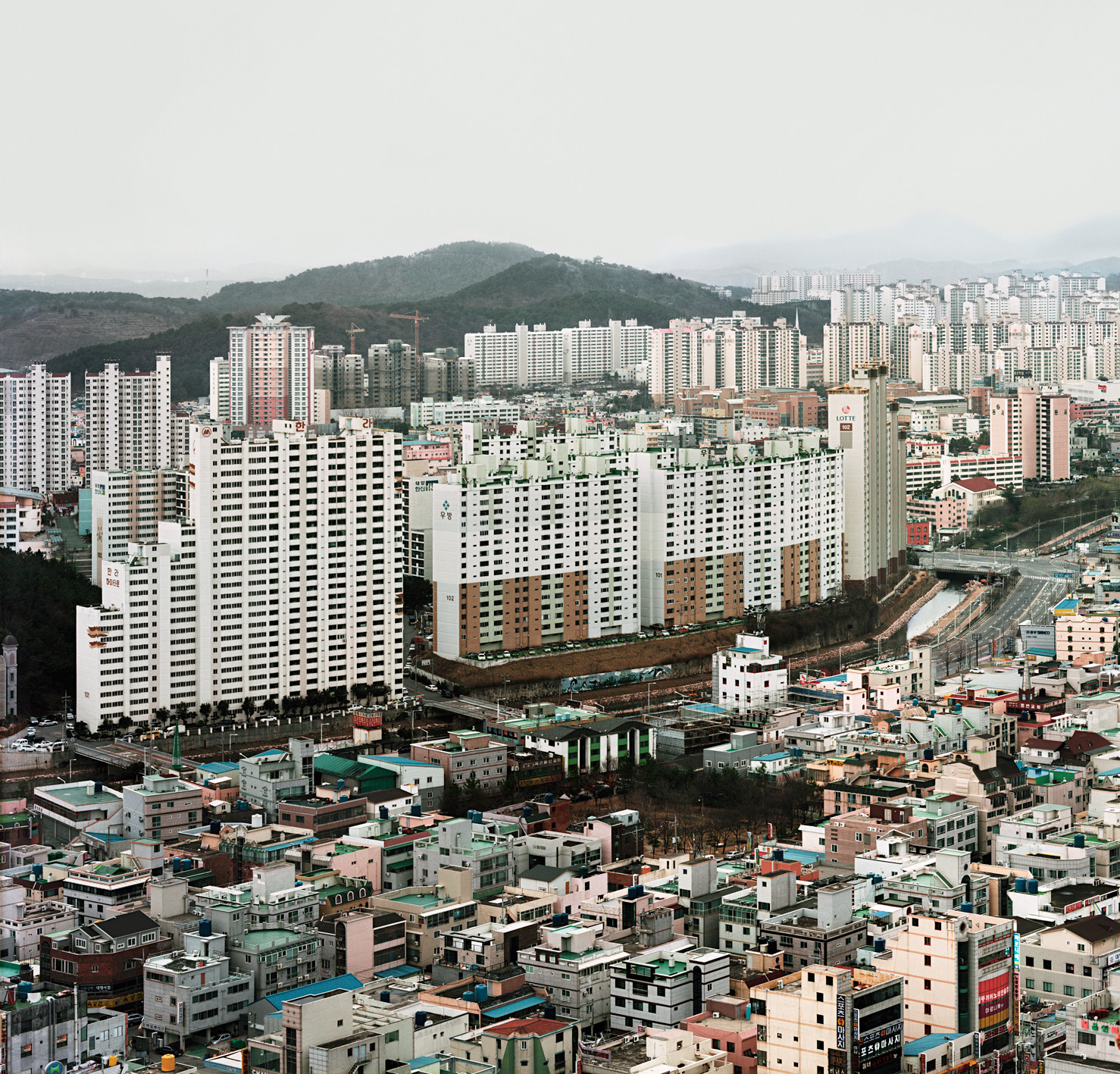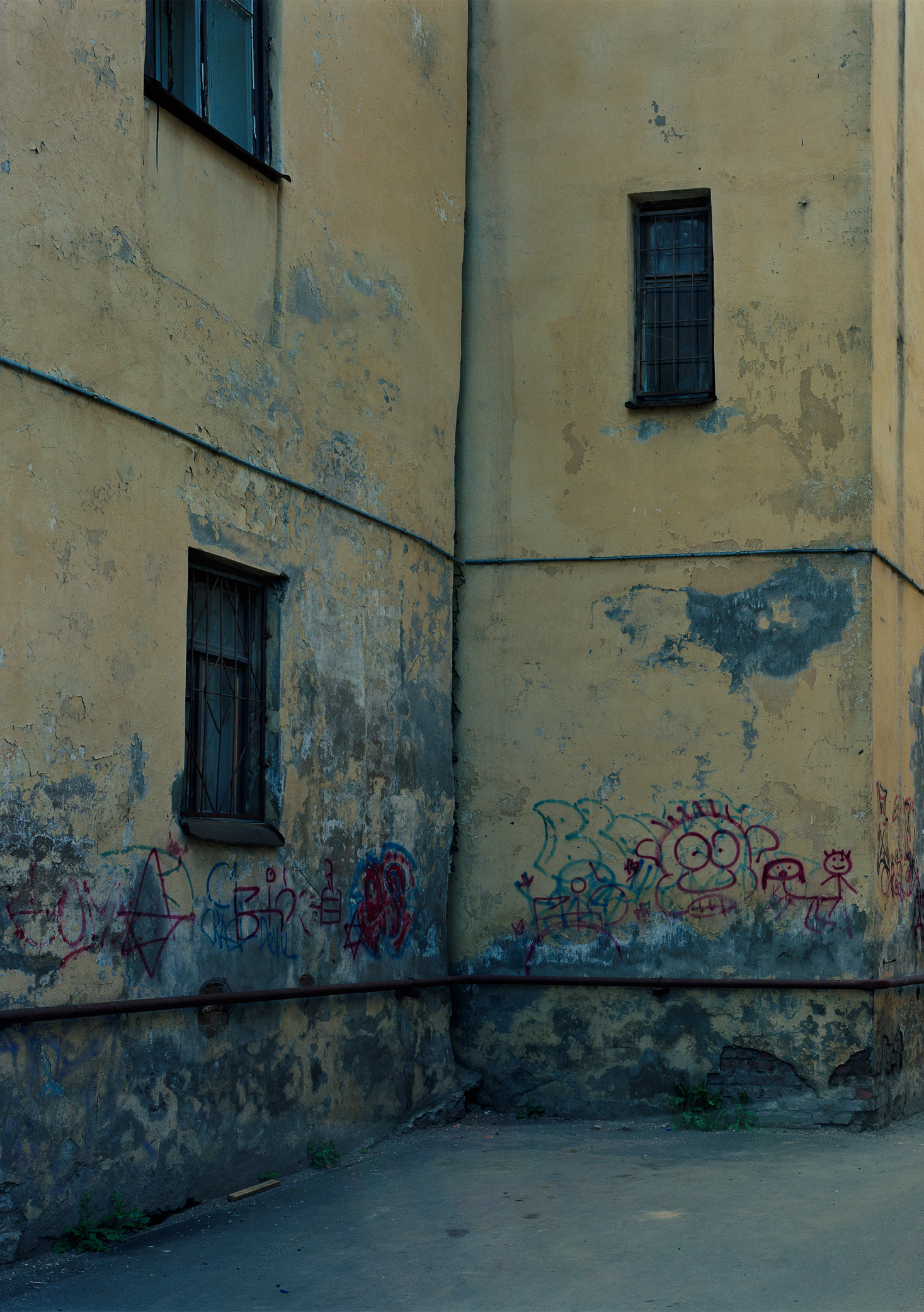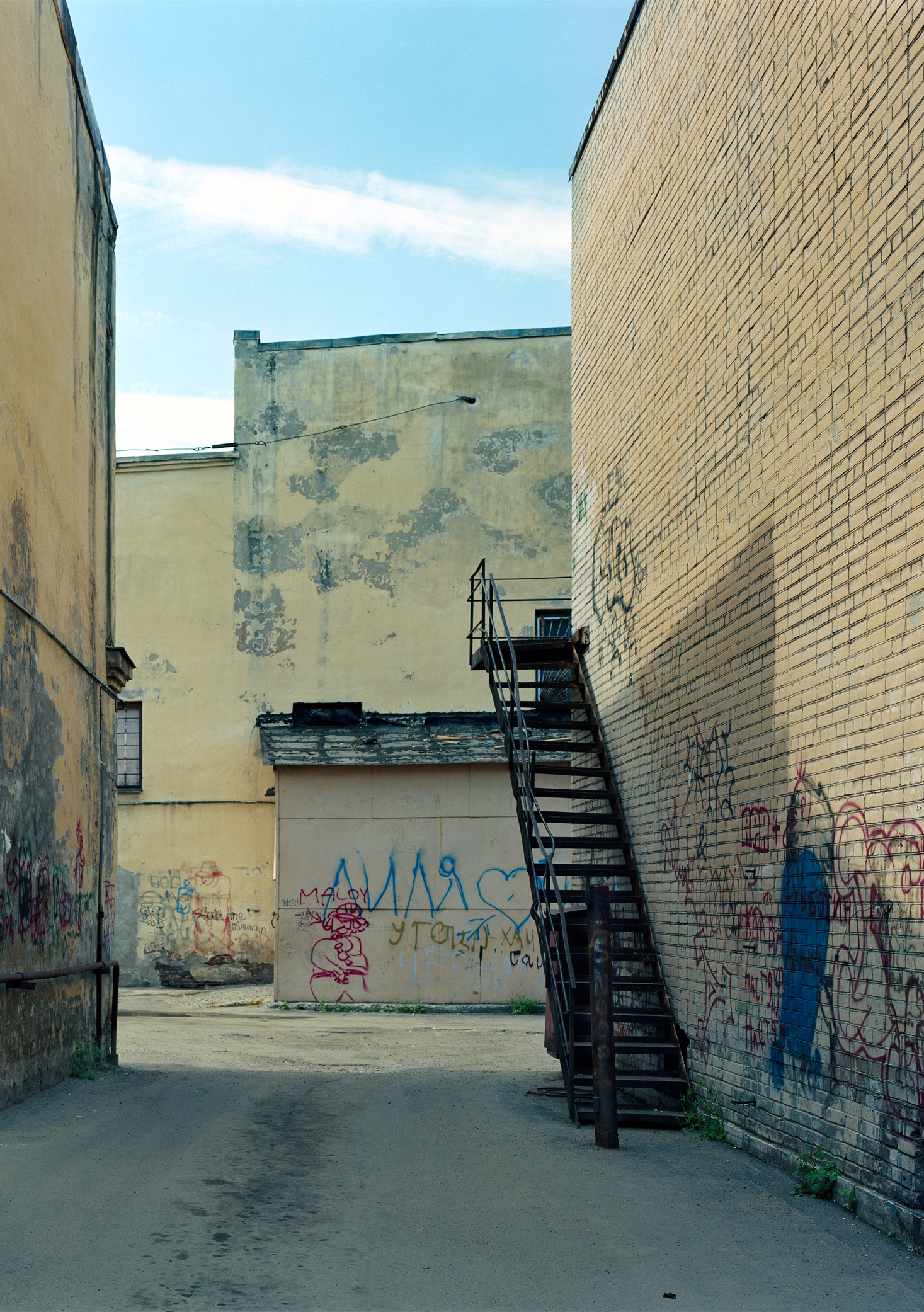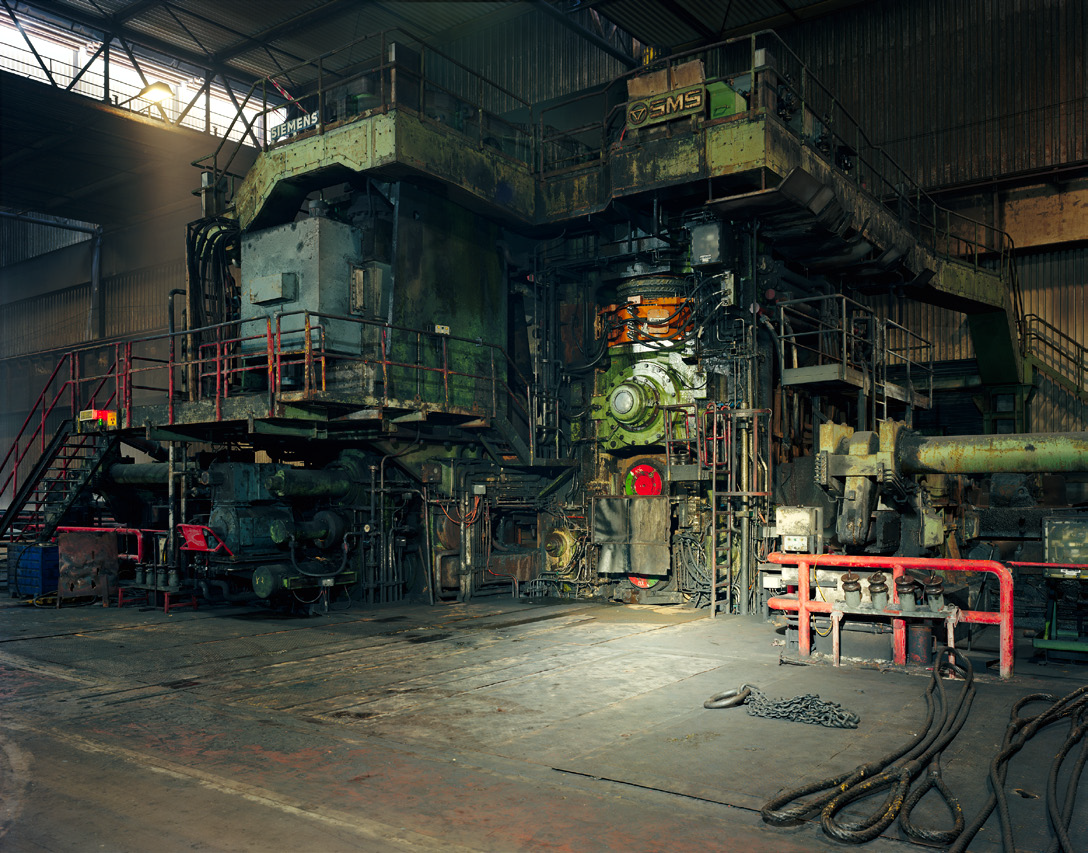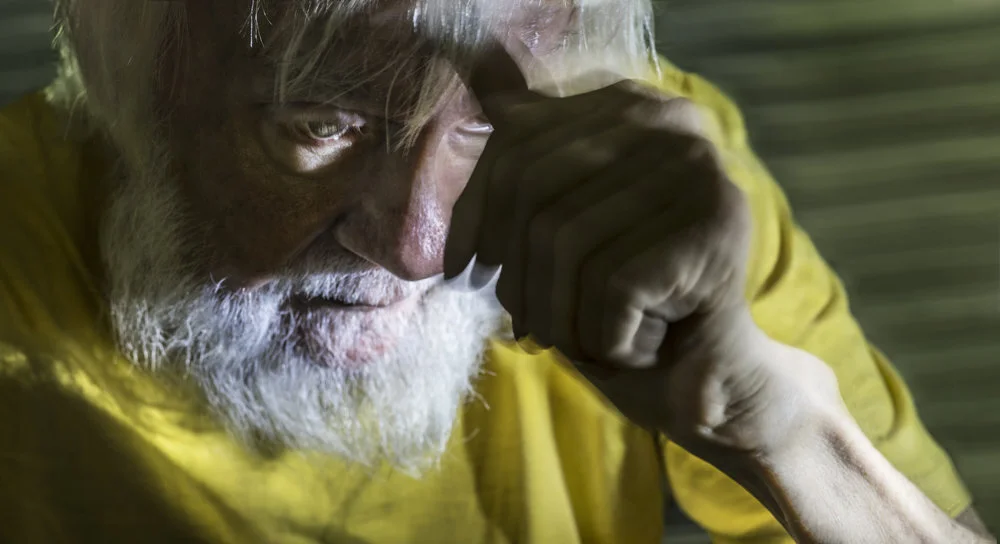From Our Archives: Thomas Struth
This interview originally appeared in Musée Magazine Issue 8, Vol. 1: Fantasy.
Andrea Blanch: Let’s talk about your new show at the Marian Goodman Gallery, the thread that goes through your choices of your pictures, how it all ties together.
Thomas Struth: I started five years ago, around 2009. I photographed locations in science and technology. Our secret title was nature and politics. It was very general so I decided not to give the series an official title. I thought the public might name it, but since everybody says science and technology, there’s no title. Everything is politics. Every activity is concerned with the group. People don’t usually live alone, every activity, one way or another, has political dimension. One of the motivations was to look into science and technology and the phenomenon of invisibility. For example, most people have a friend or family member who needs to have an operation, but usually they don’t see it being performed. People don’t know what it looks like. People use cell phones, but most of the time they don’t know how it operates. People use Google on their cell phone, and they search something in and ten suggestions come up immediately. These operational functions are largely invisible. A majority of people believe that progress is connected to technology, and that idea seems to me something that detaches us from ourselves.
AB: How do you see that as fantasy?
TS: It’s more about imagination. I wanted to open doors to science and technology. When I go to locations I have no knowledge of the places or the scientists or the doctors. I come with visual and pictorial experience as an artist. People fantasize in order to invent. For example, I had made one picture of plasma fusion; a forced collision of hydrogen atoms. When they collide they create a lot of energy. For decades people tried to turn that into an ongoing, constantly running process to solve the energy problem. For me, these pictures are emblematic of the dynamic and process that it requires to solve problems, build and progress. And what it requires is an initial prediction or fantasy by people and scientists who study and have knowledge about these things.
AB: What’s the span of years that this covers?
TS: The earliest picture in that show is a scene of a backyard in St Petersburg, Russia with graffiti, taken in 2006. It’s a new thing for me to include some works that are not so recent in this exhibition. Fourteen pictures in total, six of them are from Disneyland in Anaheim taken in April of last year. There’s a picture of a prostate operation which was performed by a surgeon using a da Vinci remote surgery robot, that’s from 2012. I went to three or four operations before getting to the final picture, which introduced the relationship between technology and nature. That leads me to a more general question of imagination, the result of imagination as it materializes into urban landscape. Your first process is imagination, like a rebuilding. I wanted to rephotograph the Grand Canyon at Disney to come close to making it feel and look like a memory. Maybe you went somewhere, such as the Pantheon in Rome, or the ruins of Yucatan in Mexico, and you have the memory, you formed a picture of the memory that is not as detailed as the reality. It’s like a picture in a dream. You loose details and you change some of the things because you cannot exactly remember. You imagine something and you think maybe it works like this or that, and that’s partly what artists do, but that’s also what everybody does. In this exhibition, I wanted to focus on more of a general subject matter. It’s not really about Disney, I use it to show something about materialized imagination, and in a funny way, Disney is a historic dynamic of invention.
AB: I would never have thought that this is what you were thinking! It’s great.
TS: It’s a closed homogenized body of work. When I looked at the operation I said, “Well, why didn’t he do a series on this?” It’s an experiment. I had the Disney pictures and I thought immediately that I should connect others to them in the show, and I asked, “Will there be any architecture with them?” Because it seemed to fit, but it didn’t seem to match. Then slowly I worked on it and I made combinations. The combination of pictures have to speak to each other in order to raise the intensity and intellectual and emotional fun. Specific combinations allow strange discussions and debates matched up with each other. I thought that was a pretty good idea, every picture should lift us in a very inspiring manner. I love pictorial beauty. I love composition. I love to orchestrate an exhibition, to find the best wall for every single picture. It’s very important which wall makes which picture speak. For example, when we installed the exhibition I thought that the operation pictures should go with the Asian cityscape. When we tested it, it didn’t speak to each other like I thought it should. Then I tested it in several other locations and ended up putting it in a conference room. It needed intimacy. I thought it was better to look at the picture without fifteen other people visiting the exhibition around you. You should look at it alone and by yourself.
AB: What kind of reaction would you like people to have when they look at these photographs?
TS: I would like people to wonder why are these pictures together? and then start a dialogue about them. And also to have the idea that Disney is clearly fantasy. I hope people will realize that the other things in the show have had to have been imagined by someone at some point before it existed.
AB: Do you want people to have a visceral reaction to your work? How would you like your work to be remembered?
TS: [laughs] Well I’m only 59. I’m an extremely invested person, and very emotional. I’ve been fully invested in every photograph I’ve ever made. I believe that I am in the picture. It’s a funny thing, my audience is divided into one portion of people who see that and feel that, and then the other group fails to see that aspect of my work. That’s a striking thing for me, but that’s just what it is. For some people the work looks very objective and unemotional. The people that react this way can’t read it and it doesn’t speak to them. As an artist, I always take what’s very close to me.
AB: Let’s talk about [the series] Audiences.
TS: For a long time I had an idea: I would like to be the painting. I wanted to see how people looked at a painting. You cannot drill a hole in a Cezanne, so I discussed how to do it with the Metropolitan Museum of Art. I asked to make a fake wall and install a device to photograph through the wall. But then we figured it wouldn’t work and that we couldn’t get releases from the people. The more I thought about it the more I thought that it didn’t feel right to do that. I dropped the idea. Then I was invited by the Galleria dell’Accademia in Florence for the occasion of the 500th anniversary of Michelangelo’s David. They invited five other artists and me. David never interested me, but I said, “Why not?” When I looked at the situation I realized there was an opportunity to photograph people viewing David, and so I made some test shots. I went back with an 8x10 and placed it at the base of the David. And it turned out to be successful.
AB: You came out of the Becher School. What did you take away from that?
TS: More confidence. The most interesting thing I came to realize there was how self focused many artists are. They have a limited perspective and only think about their own work – but at Becher, they have a wider perspective and a certain way to think about things. The visual arts are connected to politics, to literature, to TV, to the development of industry, technology and inventions. It’s a very broad cultural and historical perspective. It’s refreshing and mind opening and convincing; very, very inspiring. They were sharing what they were thinking about their own work. Generous. And when you’re twenty-two and you spend time with people like that and behave like that it’s a very valuable experience. They are not vain or pretentious, they are just real, hardworking and complex people who were kind.
AB: What do you think repetition brings to the work? Why do you do it?
TS: Repetition is a bit overvalued with my work. For example, Rembrandt’s series of self portraits; for an artist, it is a very normal notion to be interested in a certain problem and to make many of the same works because you are studying them. It becomes richer and more complex each time. You test different angles and pallets of the problem. I think that it is just part of artistic work. The street pictures also have to do with comparisons. If you limit yourself to one kind of situation, you enrich it through many variations. You highlight the minute differences and meaning of the content in the street pictures. I found it convincing because it was less emotional. I spent five years on the street photographs. It was like training. You need 10,000 hours of practice to begin as an artist or musician. You cannot go without it, you have to learn what you’re doing through your own practice.



